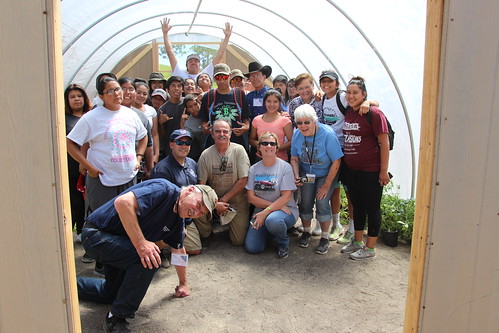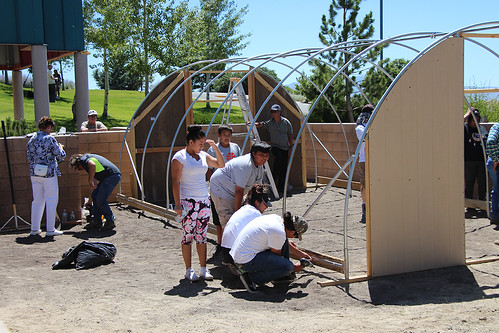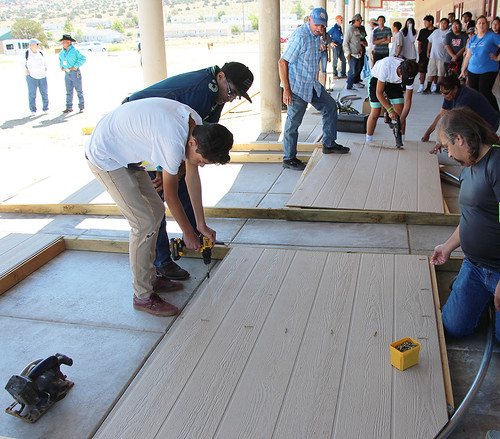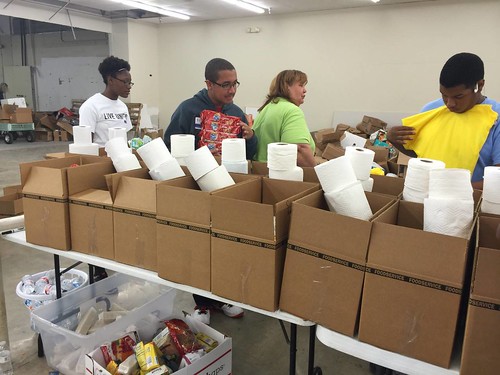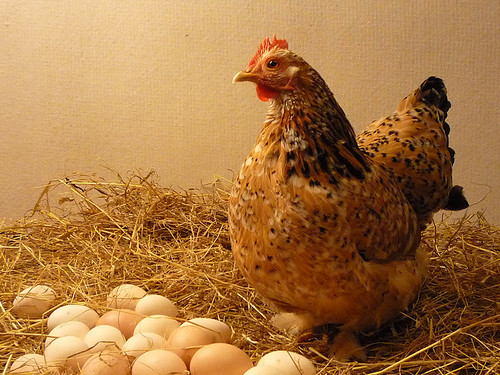
Cage-free hen and eggs. As the agricultural landscape evolves to meet consumer demand, USDA Market News ensures that emerging sectors—like the cage-free egg market—have the data they need to succeed. Photo courtesy of the Oregon State Department of Agriculture.
As the agricultural landscape evolves to meet consumer demand, USDA Market News works to ensure that emerging sectors have the unbiased, reliable data they need to succeed in the marketplace.
USDA Market News – administered by USDA’s Agricultural Marketing Service (AMS) – provides data that serves as the information lifeline for America’s agricultural economy. Everyone in the ag supply chain is accustomed to visiting Market News for items like current wholesale and retail prices for beef cuts, but here at AMS we offer so much more.
Many producers compete successfully in today’s marketplace by supplying specialty farm products. With each emerging market there is a need for data, and AMS is answering the call. Below are just two examples of some of our newer voluntary reports.
Last week, we published a new report adding transparency to the cage-free egg market. In recent months, many large volume food buyers announced they will transition to sourcing eggs and egg products only from cage-free production systems. This monthly report will provide critical data to the industry throughout the transition, and includes wholesale price information for cage-free eggs. In addition, the report includes retail feature price information collected from weekly retail advertised specials from over 29,000 retail stores across the country.
This report also provides information on the estimated production of cage-free egg in the United States, based off of organic and cage-free flock size estimates collected by AMS, and estimated egg laying rates from USDA’s National Agricultural Statistics Service (NASS). This new Monthly USDA Cage-Free Shell Egg Report will be released on the first Monday of each month.
We also recently introduced a new edition of the National Monthly Grass Fed Beef Report. The report is now published in a PDF format which allows reporters to include more regional information, graphic representations, and retail comparisons to commodity beef.
One thing we wanted to showcase in the new report is a comparison between grass-fed beef that is primarily marketed directly to consumers or on a retail basis with commodity beef retail prices. The commodity beef average prices comprises a 3-4 week average using the National Beef Feature Activity Report and compared to our monthly grass-fed price.
The two graphs that were added to the report showcase the relationships between grass-fed and commodity beef cuts on a 3-month basis in addition to regional price comparisons. There is also a cost of production section based off of NASS’ grazing fees survey.
A small and very small producer section was added to the report, which incorporates the AMS Small and Very Small Certification program. It provides a dressed carcass basis price range and the weighted average dressed carcass price. In order to qualify to report in this section, producers must be certified through the AMS Grass Fed Small and Very Small (SVS) Producer Program.
Of course, the data needed to create new voluntary reports require one critical element – farmers, producers, and stakeholders to provide data. Market News continually builds partnerships with stakeholders to ensure that the breadth and accuracy of our reports reflect the current market.
These reports are an example of how Market News works to ensure that everyone in the ag supply chain has the information they need when they need it.



